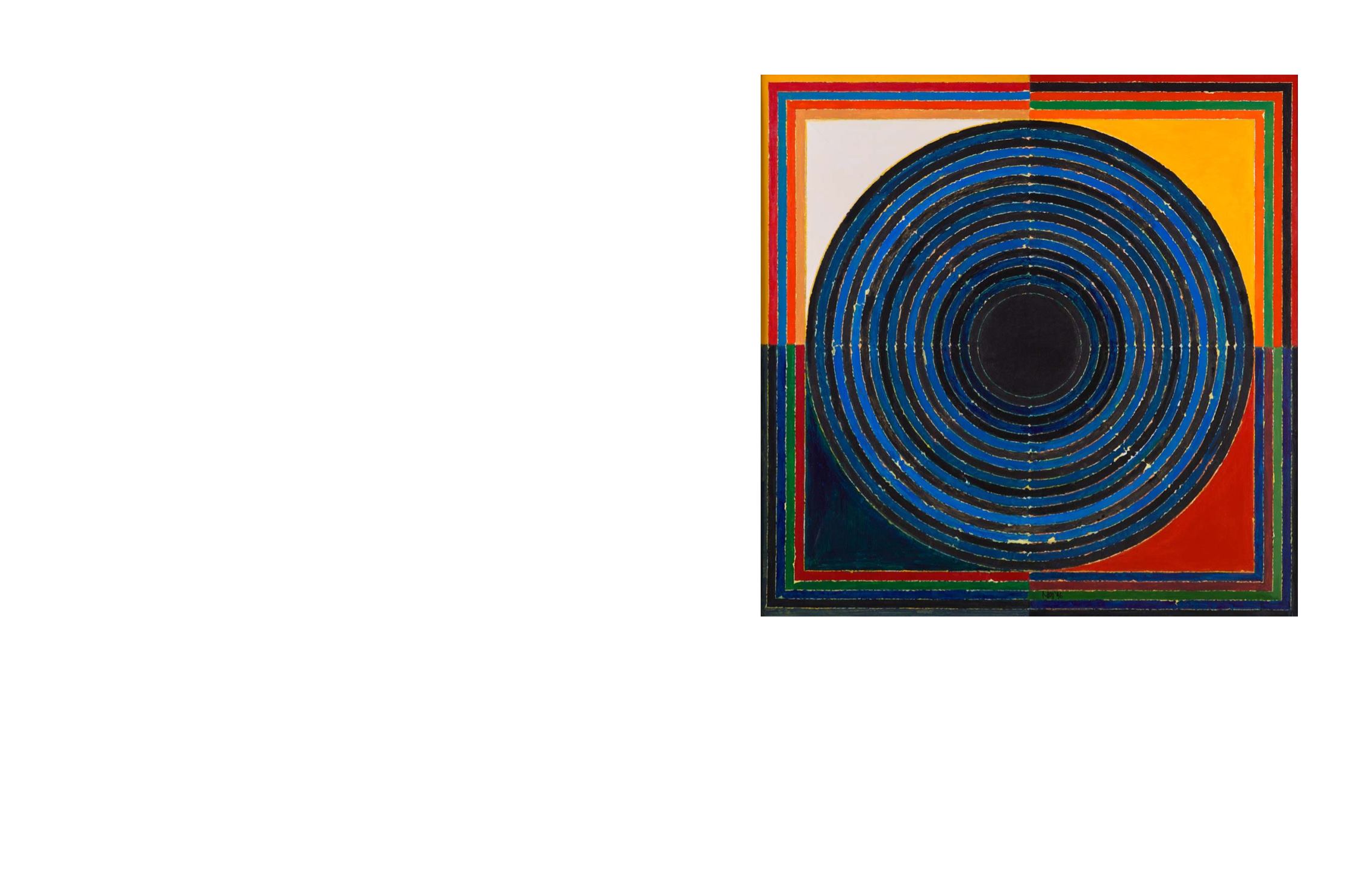

144
Saffronart | Evening Sale
Raza and the Bindu are by now, synonymous.
Kundalini
,
painted in 1996, is a bold and mature work with a black
Bindu dominating the centre of the painting. For the artist,
the Bindu represents the primordial symbol of energy,
“a point, which could be enlarged to a circle—one of the
most significant geometrical forms.” (The artist quoted in
Geeti Sen,
Bindu: Space and Time in Raza’s Vision,
New Delhi:
Media Transasia India Ltd., p. 126)
The Bindu was the basis for a transformation in the artist’s
career in the late ’70s, where his paintings transitioned from
gestural works into geometric abstraction. The inspiration
behind the Bindu came partly from his “preoccupation with
formal order” and geometry, in which he experimented with
variations of “the point, the line, the diagonal, the triangle,
the square and the circle,” in addition to exploring nature
and spirituality. “Eventually, these experiments led him to
a resolution where these two preoccupations merged, one
into the other.” (Sen, p. 134) Raza explains, “For me at that
initial stage, bindu not only represented the primordial
symbol or the seed. It also represented for me a point, which
could be enlarged to a circle – one of the most significant
geometrical forms.” (the artist quoted in Sen, p. 126)
Raza uses geometric shapes to denote the cosmos and
its constituent components. The circle forms the central
element in this expression and is the essence of life. Raza’s
work delves deep into Hindu philosophy and metaphysics.
In some holy scriptures such as the
Upanishads
, different
geometric forms denote specific elements such as water,
earth, air and fire, which form the basis of all life and
creation. All elements of Raza’s exploration come into play
in the present lot, in which the black Bindu is contained
within the centre by colourful, radiating circles. Raza
invokes the
panchatattvas
or the five elements of nature,
each represented by a single colour. Raza states, “With the
bindu, I discovered that a whole series of different climates
of thought can be created... I have interpreted the universe
in terms of five primary colours: black, white, red, blue and
yellow.” (The artist quoted in Sen, p. 127)
PROPERTY FROM A DISTINGUISHED FAMILY
COLLECTION, NEW DELHI
51
S H RAZA
(1922 ‒ 2016)
Kundalini
Signed and dated ‘RAZA ‘96’ (lower centre); signed,
dated and inscribed ‘RAZA / 1996 / “KUNDALINI”’
and inscribed again in Devnagari (on the reverse)
1996
Acrylic on canvas
47.25 x 47.25 in (120 x 120 cm)
Rs 2,00,00,000 ‒ 3,00,00,000
$ 303,035 ‒ 454,550
PROVENANCE:
Acquired directly from the artist
145
“I have no apology for my repetition of the form of the bindu. With
repetition you gain energy and intensity – as is gained through the
japmala, or the repetition of a word or a syllable until you achieve a
state of elevated consciousness.”
S H RAZA


















